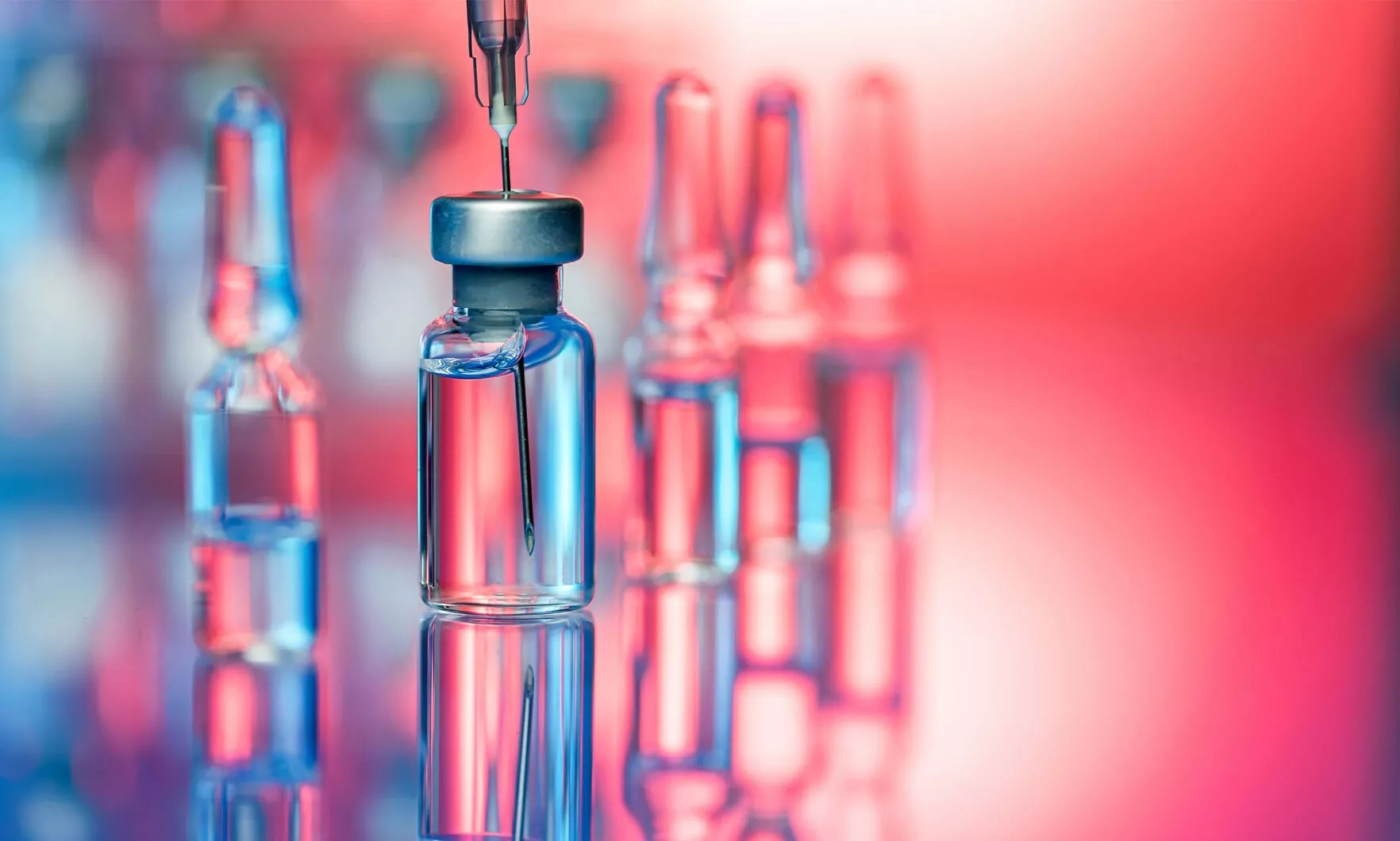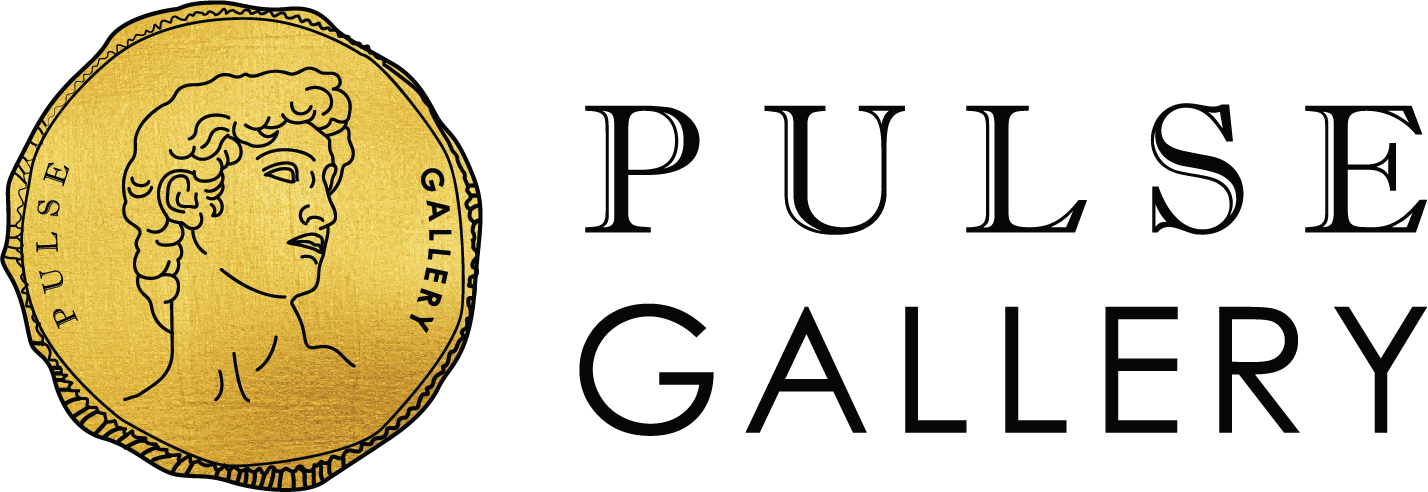STD treatment at PULSE CLINIC Thailand
2720
STD treatment at PULSE CLINIC Thailand

STD treatment at PULSE CLINIC Thailand
| Organism | Recommended Regimen | Alternative Regimen |
| Neisseria gonorrhea | Ceftriaxone 500mg inj IM stat | Cefixime 800mg PO single dose |
| Chlamydia trachomatis(A-K) | Azithromycin 250mg 4tabs PO single dose | |
| Chlamydia trachomatis(L1-L3) | Doxycycline 100mg 1x2 PO 21 days | |
| Mycoplasma hominis | Doxycycline 100mg 1x2 PO 7 days | Azithromycin 250mg 4tabs PO single dose THEN Azithromycin 250mg 2tabs PO daily for 5 more days |
| Mycoplasma genitalium | - Doxycycline PO bid for 7 days THEN Moxifloxacin PO od for 7 days - Test-of-cure at 3 wks after completion of tx - discuss possibilities of highly resistant M.Gen | |
| Ureaplasma urealyticum | Azithromycin 250mg 4tabs PO single dose THEN Azithromycin 250mg 2tabs PO daily for 5 more days | |
| Ureaplasma parvum | Azithromycin 250mg 4tabs PO single dose THEN Azithromycin 250mg 2tabs PO daily for 5 more days | |
| HSV I and II | Acyclovir 400 mg orally five times daily for 7 - 10 day Prevention: Valacyclovir† 500 mg orally PO OD | |
| Herpes Zoster | Acyclovir† 800 mg orally five times daily for 7 - 10 day Valacyclovir† 1,000 mg orally three times daily for 7 days Prednisone† (Deltasone) 30 mg orally twice daily on days 1 through 7; then 15 mg twice daily on days 8 through 14; then 7.5 mg twice daily on days 15 through 21 | Prevention/Vaccination Shingrix inj IM 2 doses dose 1 day 0 dose 2 month 2-6 |
| Primary Syphilis | Benzathine Peniciline 2.4 million unit inj IM Single | Doxycycline 100mg 1x2 PO 7 days |
| Secondary Syhilis | Benzathine Peniciline 2.4 million unit inj IM Single Prednisone 30 mg orally to prevent JHR | Doxycycline 100mg 1x2 PO 7 days |
| Latent Syphilis | Benzathine Peniciline 2.4 million unit inj IM once a week for 3 weeks | |
| Haemophilus ducreyi | Doxycycline 100mg 1x2 PO 7 days | |
| CMV | No treatment needed for immunocompetent. | |
| Candida albicans | Female: Clotrimazole Vg suppo 7 days Male balanitis: Clotrimazole ceam 7 days | |
| BV Atopobium vaginae Bacterioides fragilis Gardnerella vaginalis Lactobacillus spp Megasphaera type 1 Mobilincus | Metronidazole 400mg PO tid 7 days | |
†—Antiviral therapy has been shown to be beneficial only when patients are treated within 72 hours of onset of the herpes zoster rash. Antiviral agents are not used in combination, and selection of an agent is based on dosage schedule and cost.
†CORTICOSTEROIDS
Orally administered corticosteroids are commonly used in the treatment of herpes zoster, even though clinical trials have shown variable results. Prednisone used in conjunction with acyclovir has been shown to reduce the pain associated with herpes zoster.15 The likely mechanism involves decreasing the degree of neuritis caused by active infection and, possibly, decreasing residual damage to affected nerves.
If the use of orally administered prednisone is not contraindicated, adjunctive treatment with this agent is justified on the basis of its effects in reducing pain, despite questionable evidence for its benefits in decreasing the incidence of postherpetic neuralgia. Given the theoretic risk of immunosuppression with corticosteroids, some investigators believe that these agents should be used only in patients more than 50 years of age because they are at greater risk of developing postherpetic neuralgia.15 The recommended dosage for prednisone is given in Table 1. (https://www.aafp.org/pubs/afp/issues/2000/0415/p2437.html/1000)
Treatment Options for Postherpetic Neuralgia*
| Medication | Dosage |
|---|---|
| Topical agents | |
| Capsaicin cream (Zostrix) | Apply to affected area three to five times daily. |
| Lidocaine (Xylocaine) patch | Apply to affected area every 4 to 12 hours as needed. |
| Tricyclic antidepressants | |
| Amitriptyline (Elavil) | 10 to 25 mg orally at bedtime; increase dosage by 25 mg every 2 to 4 weeks until response is adequate, or to maximum dosage of 150 mg per day. |
| Nortriptyline (Pamelor) | 10 to 25 mg orally at bedtime; increase dosage by 25 mg every 2 to 4 weeks until response is adequate, or to maximum dosage of 125 mg per day. |
| Imipramine (Tofranil) | 25 mg orally at bedtime; increase dosage by 25 mg every 2 to 4 weeks until response is adequate, or to maximum dosage of 150 mg per day. |
| Desipramine (Norpramin) | 25 mg orally at bedtime; increase dosage by 25 mg every 2 to 4 weeks until response is adequate, or to maximum dosage of 150 mg per day. |
| Anticonvulsants | |
| Phenytoin (Dilantin) | 100 to 300 mg orally at bedtime; increase dosage until response is adequate or blood drug level is 10 to 20 μg per mL (40 to 80 μmol per L). |
| Carbamazepine (Tegretol) | 100 mg orally at bedtime; increase dosage by 100 mg every 3 days until dosage is 200 mg three times daily, response is adequate or blood drug level is 6 to12 μg per mL (25.4 to 50.8 μmol per L). |
| Gabapentin (Neurontin) | 100 to 300 mg orally at bedtime; increase dosage by 100 to 300 mg every 3 days until dosage is 300 to 900 mg three times daily or response is adequate. (Drug levels for clinical use are not available.) |
*—Additional modalities include transcutaneous electric nerve stimulation (TENS), biofeedback and nerve blocks.
ANALGESICS
Substance P, a neuropeptide released from pain fibers in response to trauma, is also released when capsaicin is applied to the skin, producing a burning sensation. Analgesia occurs when substance P is depleted from the nerve fibers. To achieve this response, capsaicin cream must be applied to the affected area three to five times daily. Patients must be counseled about the need to apply capsaicin regularly for continued benefit. They also need to be counseled that their pain will likely increase during the first few days to a week after capsaicin therapy is initiated. Patients should wash their hands thoroughly after applying capsaicin cream in order to prevent inadvertent contact with other areas.
Patches containing lidocaine have also been used to treat postherpetic neuralgia. One study found that compared with no treatment, lidocaine patches reduced pain intensity, with minimal systemic absorption. Although lidocaine was efficacious in relieving pain, the effect was temporary, lasting only four to 12 hours with each application.21
Over-the-counter analgesics such as acetaminophen (e.g., Tylenol) and nonsteroidal anti-inflammatory drugs have not been shown to be highly effective in the treatment of post-herpetic neuralgia. However, these agents are often useful for potentiating the pain-relieving effects of narcotics in patients with severe pain. Because of the addictive properties of narcotics, their chronic use is discouraged except in the rare patient who does not adequately respond to other modalities.
TRICYCLIC ANTIDEPRESSANTS
Tricyclic antidepressants can be effective adjuncts in reducing the neuropathic pain of postherpetic neuralgia. These agents most likely lessen pain by inhibiting the reuptake of serotonin and norepinephrine neurotransmitters.22
Tricyclic antidepressants commonly used in the treatment of postherpetic neuralgia include amitriptyline (Elavil), nortriptyline (Pamelor), imipramine (Tofranil) and desipramine (Norpramin). These drugs are best tolerated when they are started in a low dosage and given at bedtime. The dosage is increased every two to four weeks to achieve an effective dose.
The tricyclic antidepressants share common side effects, such as sedation, dry mouth, postural hypotension, blurred vision and urinary retention. Nortriptyline and amitriptyline appear to have equal efficacy; however, nortriptyline tends to produce fewer anticholinergic effects and is therefore better tolerated. Treatment with tricyclic antidepressants can occasionally lead to cardiac conduction abnormalities or liver toxicity. The potential for these problems should be considered in elderly patients and patients with cardiac or liver disease.
Because tricyclic antidepressants do not act quickly, a clinical trial of at least three months is required to judge a patient's response. The onset of pain relief using tricyclic antidepressants may be enhanced by beginning treatment early in the course of herpes zoster infection in conjunction with antiviral medications.20
ANTICONVULSANTS
Phenytoin (Dilantin), carbamazepine (Tegretol) and gabapentin (Neurontin) are often used to control neuropathic pain. A recent double-blind, placebo-controlled study showed gabapentin to be effective in treating the pain of postherpetic neuralgia, as well as the often associated sleep disturbance.23
The anticonvulsants appear to be equally effective, and drug selection often involves trial and error. Lack of response to one of these medications does not necessarily portend a poor response to another. The dosages required for analgesia are often lower than those used in the treatment of epilepsy.
Anticonvulsants are associated with a variety of side effects, including sedation, memory disturbances, electrolyte abnormalities, liver toxicity and thrombocytopenia. Side effects may be reduced or eliminated by initiating treatment in a low dosage, which can then be slowly titrated upward.
There are no specific contraindications to using anticonvulsants in combination with antidepressants or analgesics. However, the risk of side effects increases when multiple medications are used.
Effective treatment of postherpetic neuralgia often requires multiple treatment approaches. In addition to medications, modalities to consider include transcutaneous electric nerve stimulation (TENS), biofeedback and nerve blocks.

